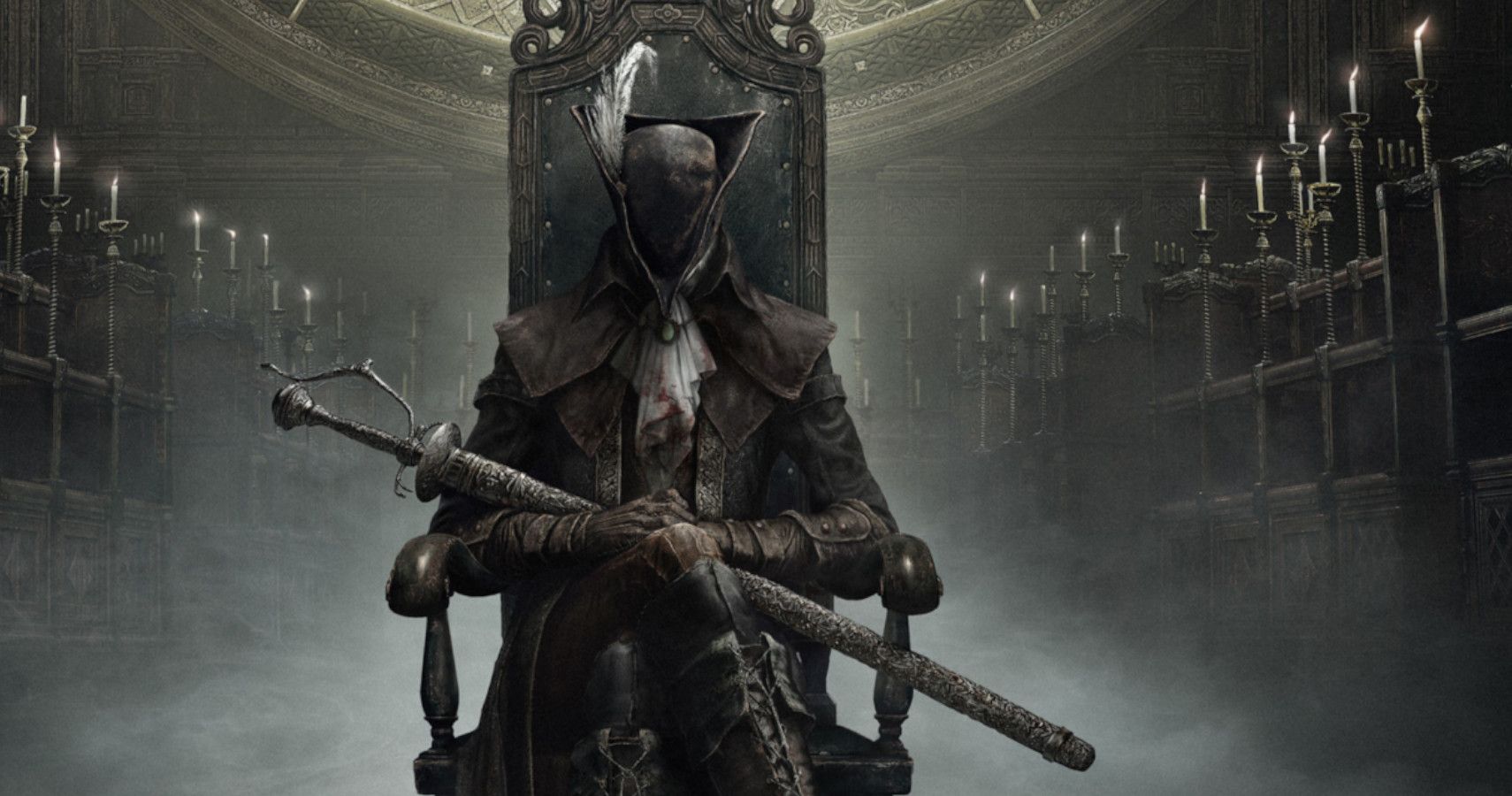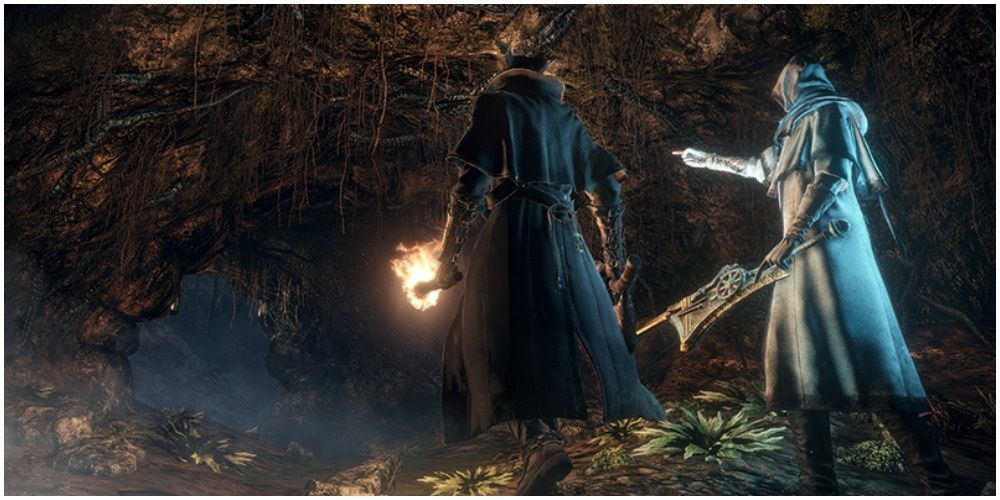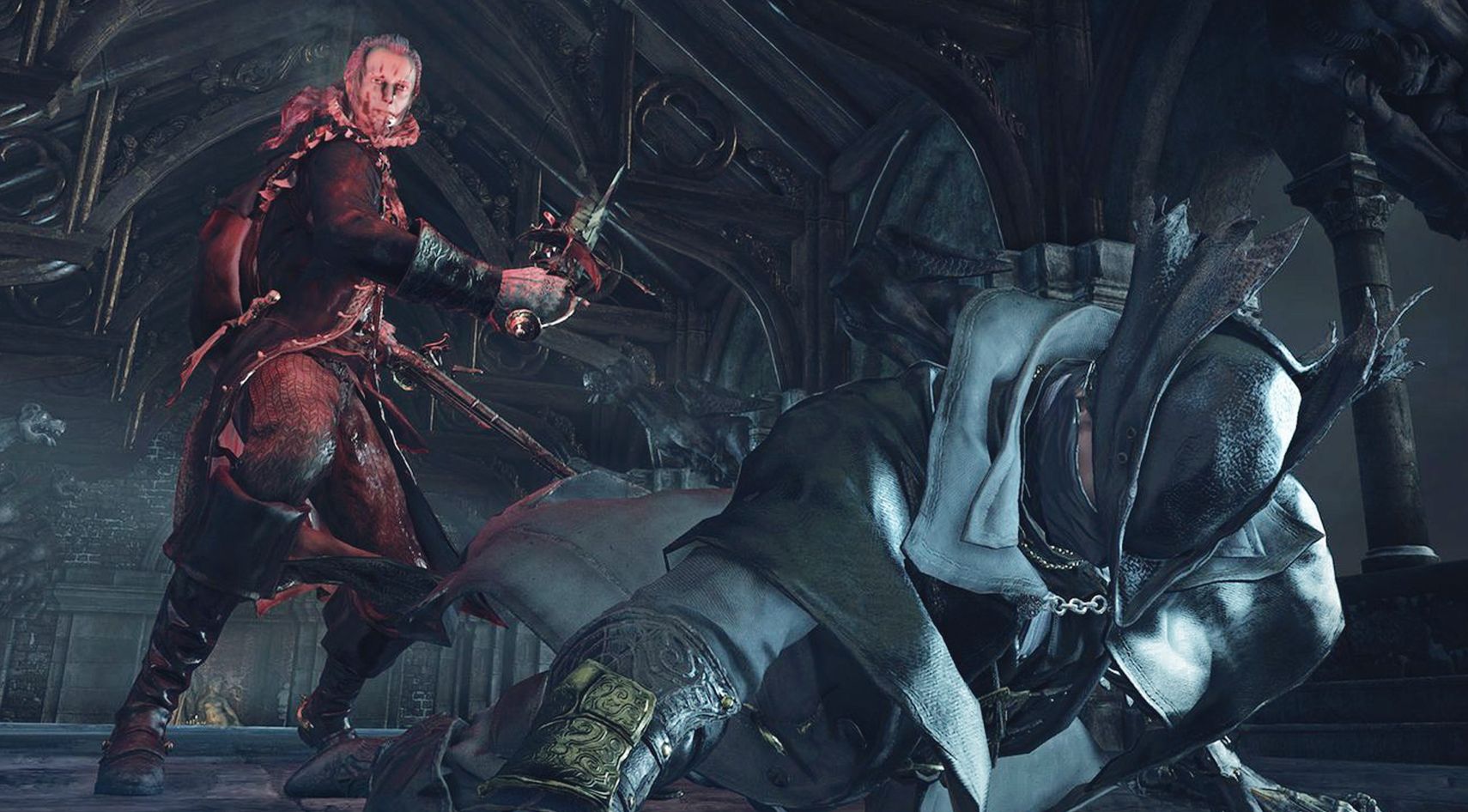There are two kinds of people. Those who know Bloodborne is the best Souslike, and those who’ve never played it. To play Bloodborne is to peek beyond the veil and experience a higher plane of gaming reality. Like an eldritch parasite latched onto your frontal lobe, Bloodborne has a way of digging its hooks into you and never letting go. The first time I played Bloodborne, every step I took deeper into Old Yarnham felt like reading a passage from a forbidden book in a forgotten language. Bloodborne cursed me with the knowledge of a world so starkly other yet so fully realized that part of me still thinks that, somehow, it must actually exist. I’ve never played a game like Bloodborne before, and I’m starting to think I never will again.
There’s no denying the impact Dark Souls has had on game design over the last decade. Not since Grand Theft Auto 3 have we seen a game so genre-defining that its mechanics and style seeped, in some small way, into practically every game that came before it. But while Dark Souls revolutionized the third-person action-adventure genre, Bloodborne did something even more profound: it created an entirely new kind of horror.
Of course, Bloodborne has plenty of strong influences. Its architecture and setting marries 12th-century gothic architecture with the 19th Victorian garb and the 17th-century plague aesthetic. It pulls from turn-of-the-century steampunk in its weapons, Regency era in its highwayman outfits, and of course, lifts heavily from Lovecraft in its themes and storytelling. But a good postmodernist will tell you a truly original work does not exist. Rather, it is the synthesis of ideas that makes something new. Bloodborne relies on our understanding of all of these disparate elements to combine them into something new that has its own purpose and identity. Bloodborne is like a lot of things, but there’s nothing quite like Bloodborne.
We’ve seen a subtle shift away from the influence of Lovecraft in other games and towards a style and aesthetic that is decidedly Bloodborne. Games like Remnant: From The Ashes, Salt & Sanctuary, and Shrouded in Sanity have all walked Bloodborne’s path by reveling in mind-poisoning psychic horror with a kind of white knuckle difficulty that makes the terror so much more visceral and inescapable. The new indie tactics game, Black Legend, is essentially a turn-based version of Bloodborne and, fittingly, releases today on the sixth anniversary of Bloodborne’s launch.
It’s almost fitting that Bloodborne is treated like an obscure title. While it did find its way into the PlayStation Plus collection on the PS5, it remains the case that the game has not received a next-gen update like its predecessors. It has not received a port to any other console or PC, and, most critically, it hasn’t received any kind of sequel or continuation outside of the (phenomenal) comics published by Titan Books. It's as if the powers that be would prefer that we all just forget about Bloodborne. Don’t look at it too deeply, lest something on the other side might start looking back.
Bloodborne may go down as the cult-iest cult classic ever. It’s a game that most triple-A studios wouldn’t ever dream of releasing because it’s exceptionally inaccessible to play and has a story that is profoundly opaque from beginning to end. And yet, Bloodborne has been incredibly influential, and I can only imagine it will continue to be. Dark Souls did a lot for level design and combat specifically, but Bloodborne took a massive step forward with that formula and delivered an entire world. When I first played Bloodborne, I never wanted to leave the endless night in the endless dream. Part of me feels like I never have.



